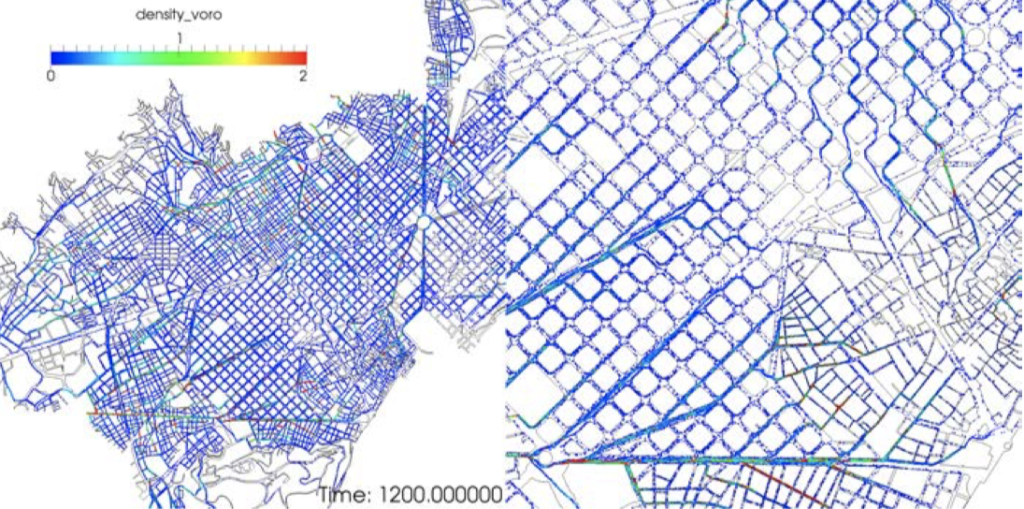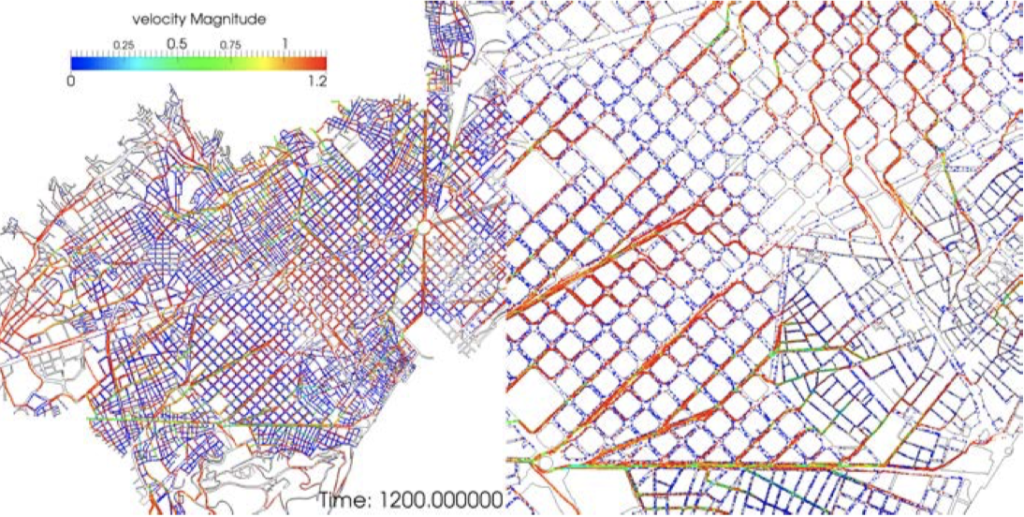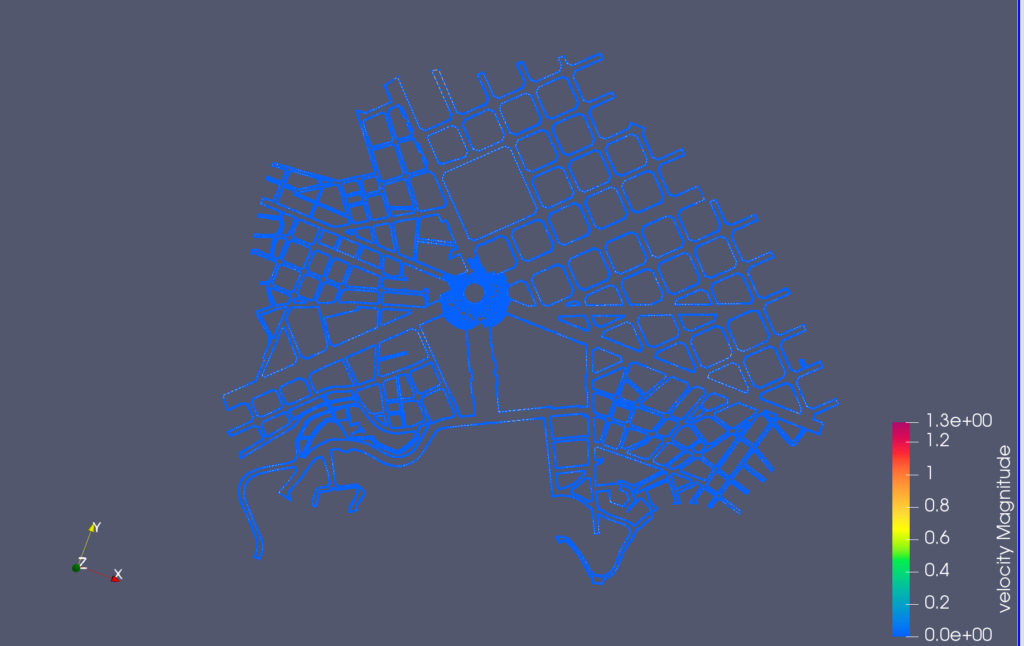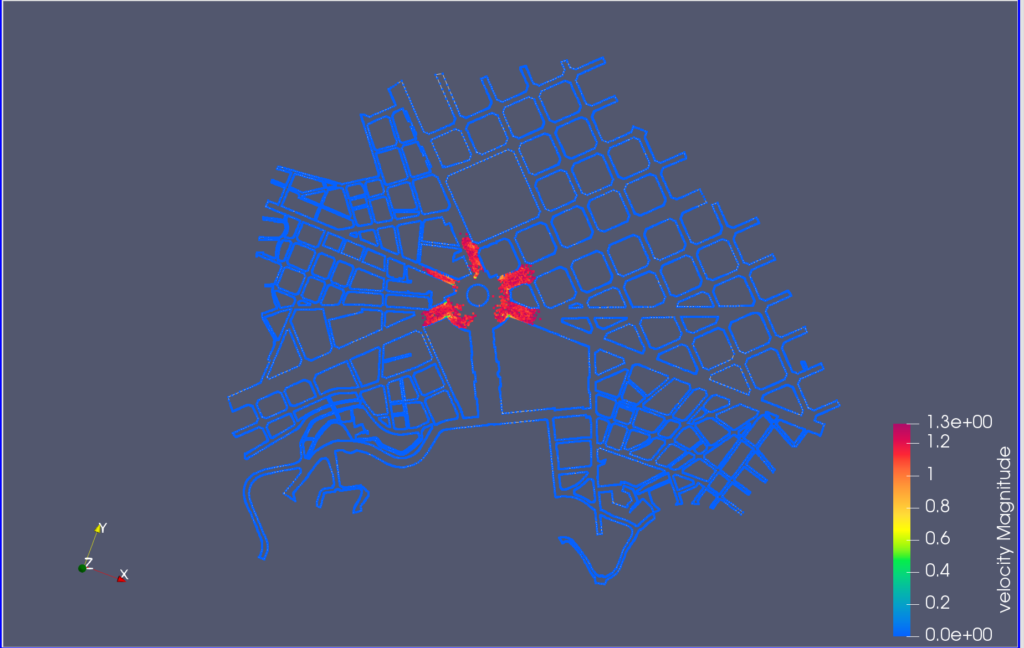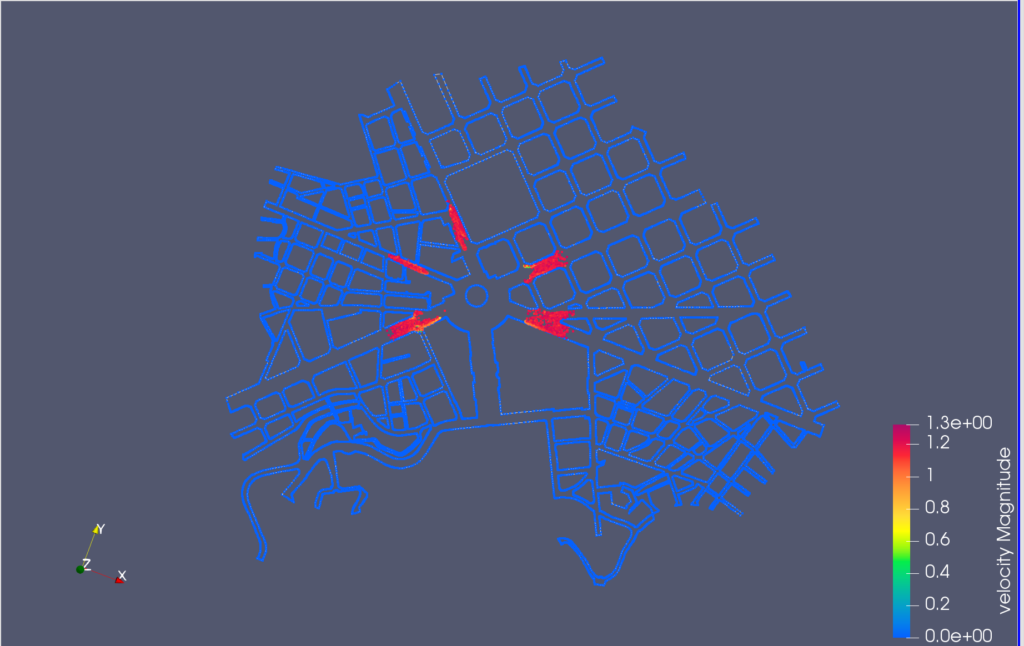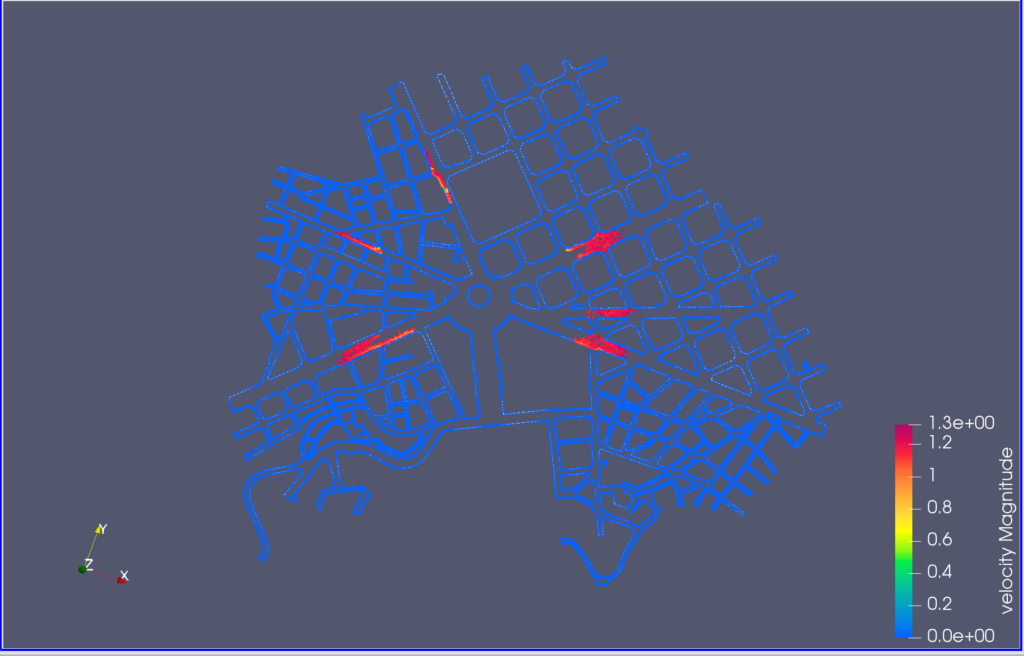From: Javier Cendrero (Institut Municipal d’Informatica)
Last edited: 30 juli 2021
In the last times tourism has increased in Barcelona, becoming one of the most relevant activities in the city, without taking into consideration the impasse of the global pandemic of coronavirus disease 2019. This trend has become necessary to develop a tourism model based on economic, social, environmental and cultural sustainability, to improve its contribution to the city’s and for the various effects it has on urban life.
Parc Guell
Park Güell is one of the largest green spaces in Barcelona and it is considered one of the tourist attractions of the city thanks to the Gaudi’s emblematic architecture that can be found inside the park. In last years, a new model of governance was established to regain the park for the city and find the right balance between tourism and local use. In order to make it possible, a new management model was adopted with the goal of helping city residents to rediscover and make use of the park. Because of this, the number of people on the whole site is now regulated to avoid crowding, guarantee safety and protection measures and preserve the Park Güell.
With the goal to improve even more the experience of the visitors and the crowd management, the European project Cityflows aims to demonstrate how the use of new technologies can help in the responsible management while respecting the confidentiality of personal data.
The Barcelona living lab is focuses on developing and demonstrating how radio frequency identification (RFID) technology is capable of contributing to our knowledge of the mobility behaviour patterns of visitors at one of the high point of interest as it is the Park Güell. This will enable the development of future monitoring systems that are more secure and which respect the confidentiality of personal data. With this objective in mind, a pilot test will be carried out, where a digital model of both the park topology and visitor behaviour will be created and validated through simulations with empiric and real data. Finally, this data will be collected and entered into a Crowd Monitoring Decision Support System (CM-DSS) to evaluate and propose improvements in the planning and management of Park Güell.
The Municipal Institute of Information Technology (IMI) of Barcelona and the Barcelona City Council’s Department of Tourism are responsible for the coordination and management of this use case, with the support and technical collaboration of UPC, CIMNE and Technical University of Delft, and the special collaboration of the Park Güell.
The simulation program
The code that will be used to compute the simulations, will be the PEDFLOW code [1]. It is a model based on a combination of force-based and agent-based methods [2]. PEDFLOW has its own set of pre-processing tools that allow quick and easy import of geometrical/architectural data, specification of boundary conditions and pedestrian data, specification of diagnostics/output options, as well as all other runtime parameters. More detailed information can be found here. In this project, the tool will be executed so as to be able to re-plan the pedestrian pathways.
Currently the technology has been tested by Chloe Cortes Balcells in a similar scenario that the one that needs to be done in Sagrada Familia. This scenario is the area of Plaça Espanya in Barcelona, that is next to Maria Cristina Avenue. Several concerts are held in this place during the year. In the figures, you can see the meshed area that is being studied, the velocities at different time steps. Also the discomfort that pedestrians experiment at these different time steps is simulated.
[1] Rainald Lohner, Muhammad Baqui, Eberhard Haug, and Britto Muhamad. Realtime micro-modelling of a million pedestrians. Engineering Computations, 2016
[2] Rainald Lohner, Britto Muhamad, Prabhu Dambalmath, and Eberhard Haug. Fundamental diagrams for specific very high density crowds. Collective Dynamics, 2:1–15, 2018
[3] Rainald Lohner, Eberhard Haug, Claudio Zinggerling, and Eugenio O˜nate. Realtime micro-modelling of city evacuations. Computational Particle Mechanics, 5, 01 2017.

